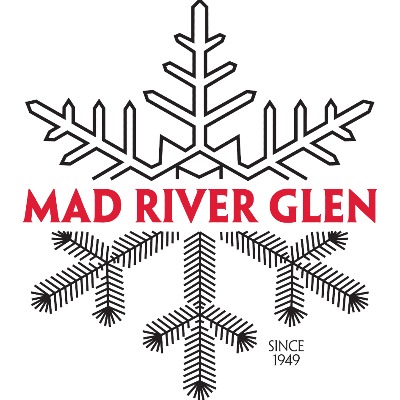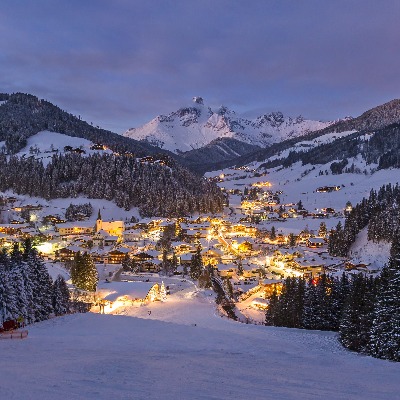Destimetrics - Lodging Growth Spreads Into Winter For Western Destinations

Summer lodging business in Western mountain destinations remained strong despite wildfires and smoke in July and August, and winter bookings have continued that trend, according to the monthly DestiMetrics Market Briefing. Destimetrics
DestiMetrics data for Western resorts comes from 290 property management companies in 20 mountain destination communities in Colorado, Utah, California, Nevada, Wyoming, Montana, and Idaho.
As of Aug. 31, aggregated occupancy for May through October is up 2.9 percent compared to last summer, while the average daily rate (ADR) crept up 1.7 percent. Combined, these trends have boosted revenues 4.6 percent compared to Summer 2017. August occupancy rose 3.9 percent compared to last August, while the ADR eked out a 1.1 percent gain to deliver a 5.1 percent year-over-year increase in aggregated revenue for the month.
Still, the rapid year-over-year increases in summer have slowed considerably, and for some, have stalled completely. Half of the reporting properties had declines in occupancy and ADR compared to last summer. “The aggressive year-over-year revenue growth that we saw each summer from 2013 through 2016 seems to be waning,” said Jeremy Dreiling, production manager for the Business Intelligence division of Inntopia.
To some extent, this is because some destinations have little room left for further growth. “This is the first summer that occupancy will come close to, or match, winter occupancy figures, and some destinations are now reaching maximum capacity,” Dreiling said.
The booking pace for the next six months picked up notably during August, with arrivals from August through January up 11.5 percent compared to the same time last year. August bookings for arrival within the month jumped 15.5 percent compared to last year.
Looking forward, bookings showed slight declines in October and December, while September and November nudged up. January bookings increased a dramatic 49.5 percent compared to the same time last year, based on relatively low numbers. That’s nonetheless an indication that consumer confidence remains strong, and that demand for travel remains high.














